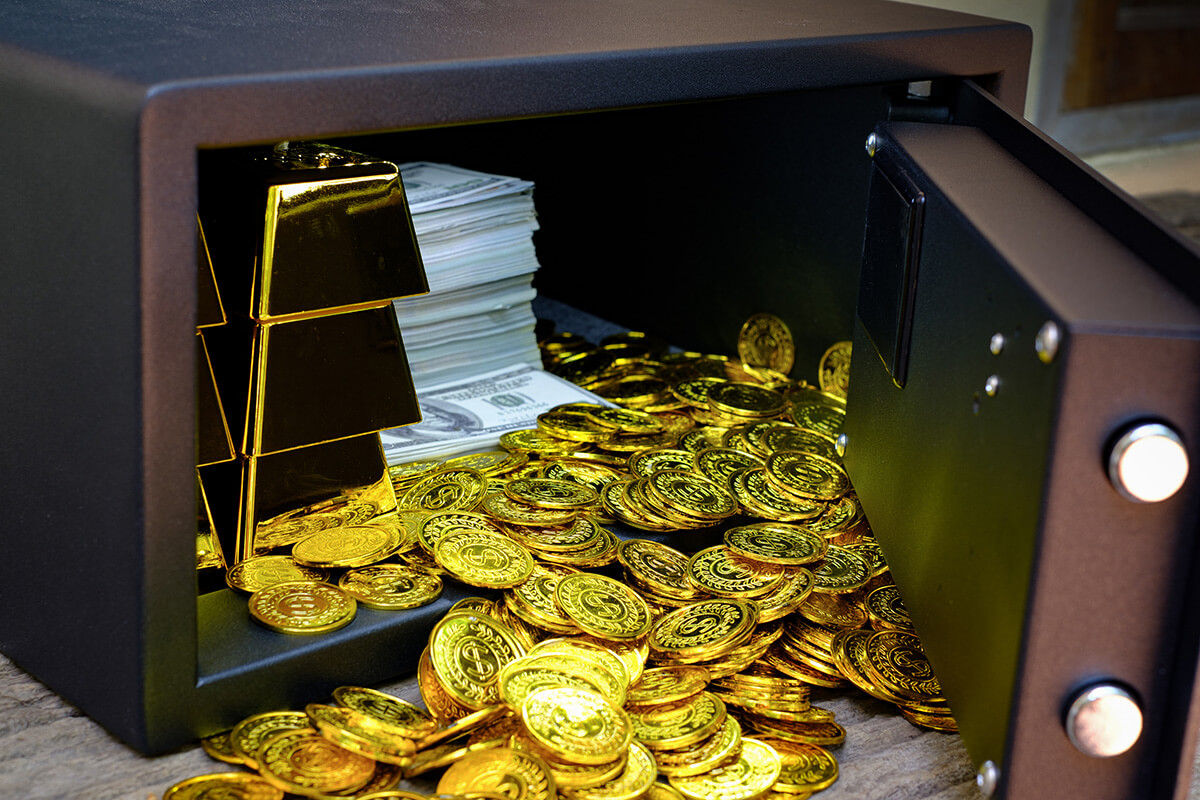Navigate
Article List
- GROWTH & INNOVATION IN GOLD: THE ABC STORY
By Nicholas Frappell, Global Head Institutional Markets, ABC Refinery
- DE-GLOBALISATION, ASSERTIVE WHITE HOUSE & DUAL MANDATE FED KEEPING GOLD BID
By Bart Melek, Managing Director & Global Head Of Commodity Strategy, TD Securities
- SBMA DELEGATION TO JAKARTA 2025: STRENGTHENING CONNECTIONS WITH INDONESIA’S GROWING BULLION MARKET
By Albert Cheng, CEO, SBMA
- MASTERS OF INNOVATION: MTS GOLD’S DIGITAL TRANSFORMATION JOURNEY
By Nuttapong (Golf) Hirunyasiri, CEO, MTS Gold Group
- ASIAn investors BUY INTO THE GOLD RALLY
By Nikos Kavalis, Managing Director, Metals Focus Singapore
- GOLD: THE FUTURE IS ASIAN
By Marissa Salim, Senior Research Lead, APAC, World Gold Council
- SINGAPORE’S GOLDEN MAGNET: THE WEALTH SHIFT FROM WEST TO EAST
By Joshua Rotbart, Founder, J. Rotbart & Co.
- APPMC 2025: GET READY TO CONNECT ASIA TO THE WORLD!
By KL Yap, Chairman, SBMA
- SBMA News
By SBMA
Article List
- GROWTH & INNOVATION IN GOLD: THE ABC STORY
By Nicholas Frappell, Global Head Institutional Markets, ABC Refinery
- DE-GLOBALISATION, ASSERTIVE WHITE HOUSE & DUAL MANDATE FED KEEPING GOLD BID
By Bart Melek, Managing Director & Global Head Of Commodity Strategy, TD Securities
- SBMA DELEGATION TO JAKARTA 2025: STRENGTHENING CONNECTIONS WITH INDONESIA’S GROWING BULLION MARKET
By Albert Cheng, CEO, SBMA
- MASTERS OF INNOVATION: MTS GOLD’S DIGITAL TRANSFORMATION JOURNEY
By Nuttapong (Golf) Hirunyasiri, CEO, MTS Gold Group
- ASIAn investors BUY INTO THE GOLD RALLY
By Nikos Kavalis, Managing Director, Metals Focus Singapore
- GOLD: THE FUTURE IS ASIAN
By Marissa Salim, Senior Research Lead, APAC, World Gold Council
- SINGAPORE’S GOLDEN MAGNET: THE WEALTH SHIFT FROM WEST TO EAST
By Joshua Rotbart, Founder, J. Rotbart & Co.
- APPMC 2025: GET READY TO CONNECT ASIA TO THE WORLD!
By KL Yap, Chairman, SBMA
- SBMA News
By SBMA
GOLD: THE FUTURE IS ASIAN
By MARISSA SALIM, Senior Research Lead, APAC, World Gold Council

Geopolitical Undercurrent Buoys Gold Performance in 2025
Bar and coin investment for India has also picked up pace, growing 30% year-on-year, with demand second only to China.
Central Banks in the East are Buying
Central bank appetite doubled since the start of the Russia-Ukraine war in 2022, as the freezing of USD-denominated assets led to a frenzy of central bankers building up their gold holdings as part of strategic reserve management.
The Geopolitical Undercurrent
























